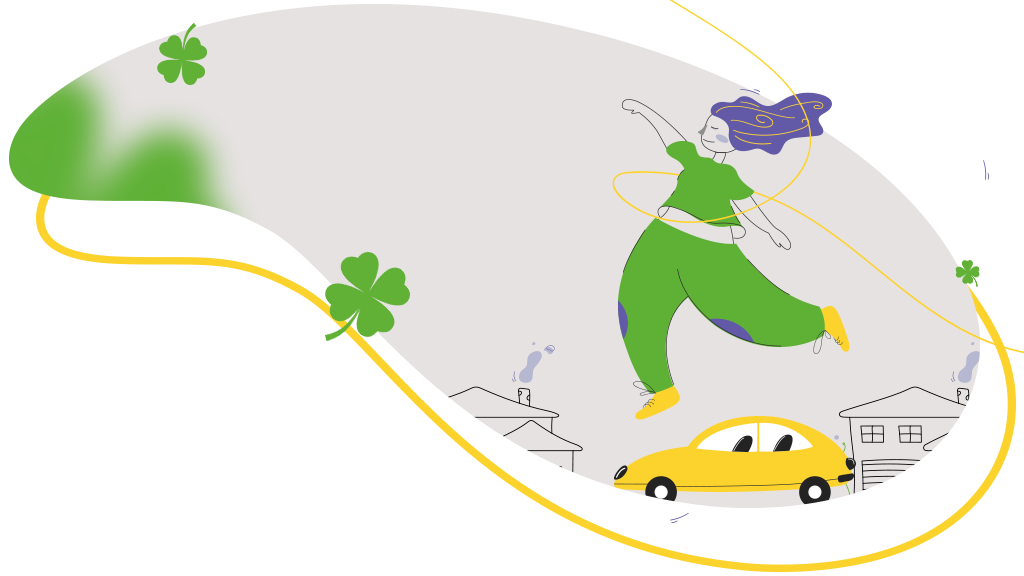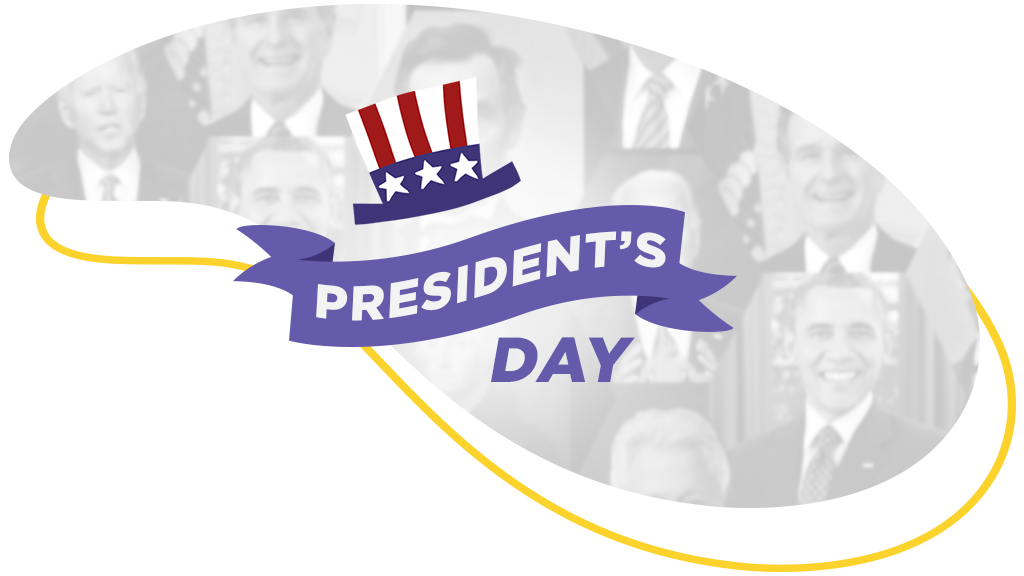Learn More
x




At BRZ, we value good content. When we think the text is invaluable, we reproduce, translate and give it the credit it deserves. The following is published in ‘Contingencies’, published by the American Academy of Actuaries and written by James P. Lynch, MAAA, FCAS, owner of James Lynch, Casualty Actuary.
But, in respect to the work of creating original content, we won’t reproduce all the article in the language in which it was written, here’s a little excerpt for you to find out more about the subject, and if you’re interested, you can finish on their website, it’s just one more click . 😉
Have a great read!
Pull that old Buick Roadmaster to the pump in 1944 and you would get service: An attendant, maybe a team of them, would check the oil, clean the windshield, make sure the tires had air.
But you might not get much gasoline, particularly if the windshield bore a sticker with a mighty letter A. There was a world war going on, so these were the days of gas rationing. The armed forces needed petroleum to fight. Every drop that fell into your tank wasn’t fueling the Army’s Sherman Tanks or the Navy’s Flying Fortresses.
All that sticker got you was three gallons of leaded. (It was all leaded then.) That rationing sticker and the dollop of fuel it represented marked the birth of rigorous auto insurance rating in the United States. It’s a fascinating story in its own right, replete with false starts that show how even the earliest rating variables needed the characteristics that actuaries recognize as critical to what makes a rating variable effective.
Today, private passenger auto makes up about 40% of U.S. property/casualty premiums, according to the Insurance Information Institute, so it’s hard to picture the early 20th century, when automobile insurance was, to a certain degree, an actuarial afterthought. Most of the action was in workers’ compensation insurance, the government-born system designed to modulate awards to individuals shredded by the industrial era. Pore through the first two decades of the Proceedings of the Casualty Actuarial Society and you quickly realize the early casualty actuaries were sorting through how to do their job, teaching each other how to price and reserve workers’ comp.
Casualty actuaries knew, of course, that some jobs were riskier than others, and they knew some employers provided safer workplaces than others. They had to learn to quantify the risk—create the data sets, and calculate and correlate before there were computers.
And there was less math to bring to bear. Probability concepts had been around for a couple of hundred years, but mathematical statistics was relatively new. Key concepts in experimental design were just being developed, and statistical credibility—a cornerstone of casualty pricing—was a fresh area of inquiry. Actuaries had to discover, then teach each other what today we’d call the basics.
It was hard to gather data. Everything was recorded on paper. It was hard to create a data set. There were no computers. It was hard to know what to put into a data set. What information seemed to predict the likelihood of a claim?
Learn More

June 1st is U.S. Flip a Coin Day, where we celebrate (or at least reflect on) the history and significance of the famous coin flip.

We make it a point at BRZ to explain the meanings of popular US celebrations and holidays for our readers who are immigrants. With the beloved Saint Patrick’s Day, we make no exception.

The third Monday in February has been designated as Presidents' Day. Read more to learn all about the history of this US federal holiday.

We are an insurance company made by people for people. A community that speaks tyour language, with people who care about your future! Here you can find all the protection and care that a home offers. Come and join us!
Get a Quote

Need help? Chat with BRZ!
x